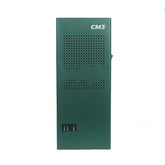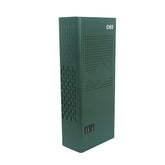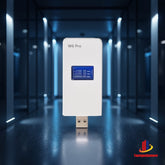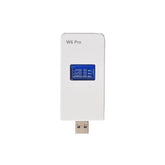Shielding Lesson - How to Test the Shielding Distance of a Signal Jammer
Customized solutions solve all these problems for you.
Worried about incomplete shielding? A complex signal environment and limited budget? Worried about damage or a short device lifespan? Want to block only one signal but worry about affecting other frequency bands? Worried about being discovered by others? Worried about the jammer's appearance and impacting the indoor environment?
The frequency for testing the shielding distance of a mobile phone jammer is as follows:
1. To test whether a specific location is within the shielding range, hold your phone in that location for at least half a minute to confirm whether it is blocked.
2. If you make a call from an unshielded area and walk towards a shielded area, it will often take quite a distance for the phone to be fully blocked. This is because once a call is established, the phone has an inherent ability to resist interference. This interference resistance causes the phone to automatically adjust its transmit power to ensure a normal call. Therefore, dynamic testing during a call is generally not recommended; static testing should be performed at various locations.
3. If you make a call from an unshielded area and walk towards a shielded area, the phone will often be completely blocked after walking a considerable distance into the shielded area. This is because once a call is established, the phone has inherent anti-interference capabilities, which automatically adjust its transmit power to ensure a normal call. Therefore, dynamic testing during a call is generally not recommended; static testing should be performed at various locations.
4. Prepare mobile phones from multiple frequency bands, including China Mobile GSM, China Unicom WCDMA, PHS, and 3G (preferably three 3G standards: China Mobile TD-SCDMA, China Unicom CDMA2000, and China Telecom WCDMA). Then, power on the cell phone signal jammer. Holding each phone, test the effective shielding radius and distance in multiple directions from the jammer's installation location, moving from near to far.
5. When checking whether a phone is blocked, be careful not to simply check the signal bars on the phone. These bars can be false and do not represent the actual communication status of the phone. Avoid prematurely concluding that the signal blocker is ineffective. Instead, you should intermittently call your phone. You can try calling a local toll-free number or a landline number. If the call doesn't go through, it means you're still within the blocking range. If it does, it means you're outside the blocking range.
The above are the steps and methods for roughly testing the distance of a cell phone signal jammer. Be sure to try it a few times; you'll easily find the blocking distance.














